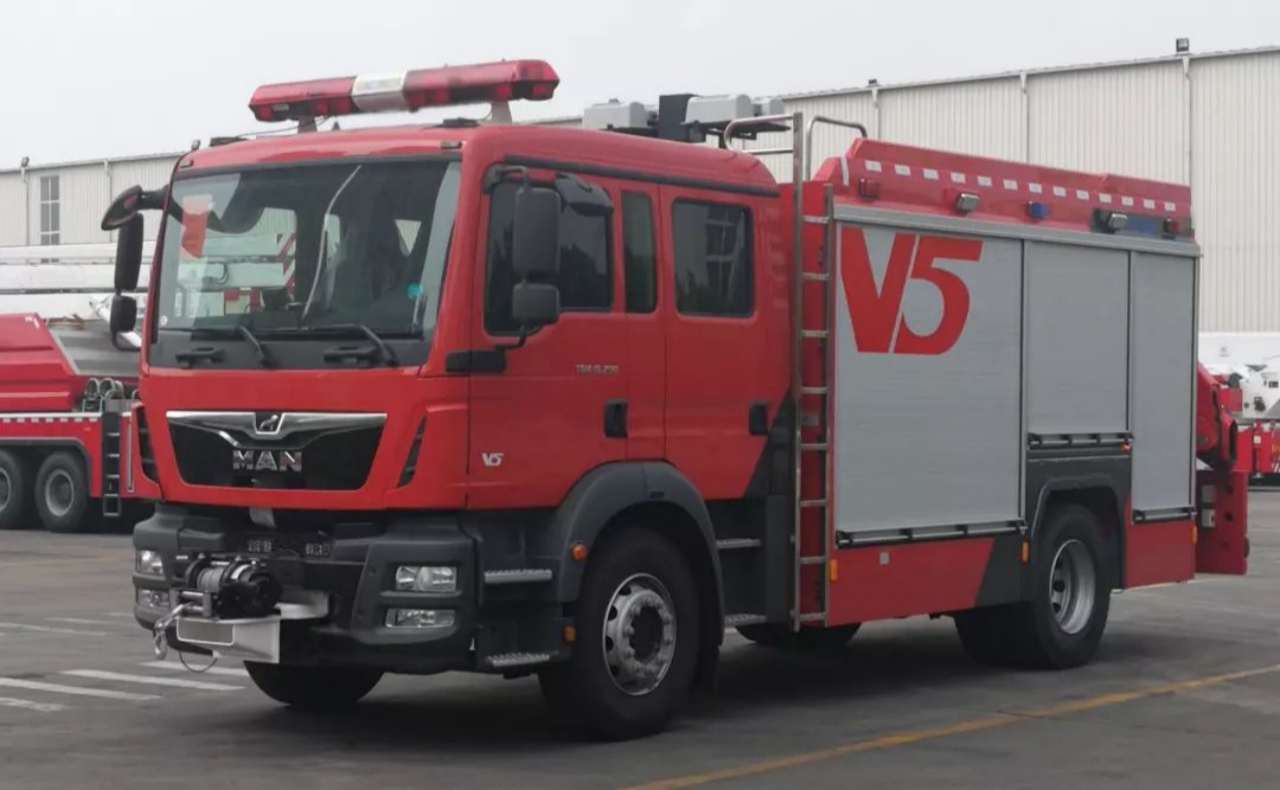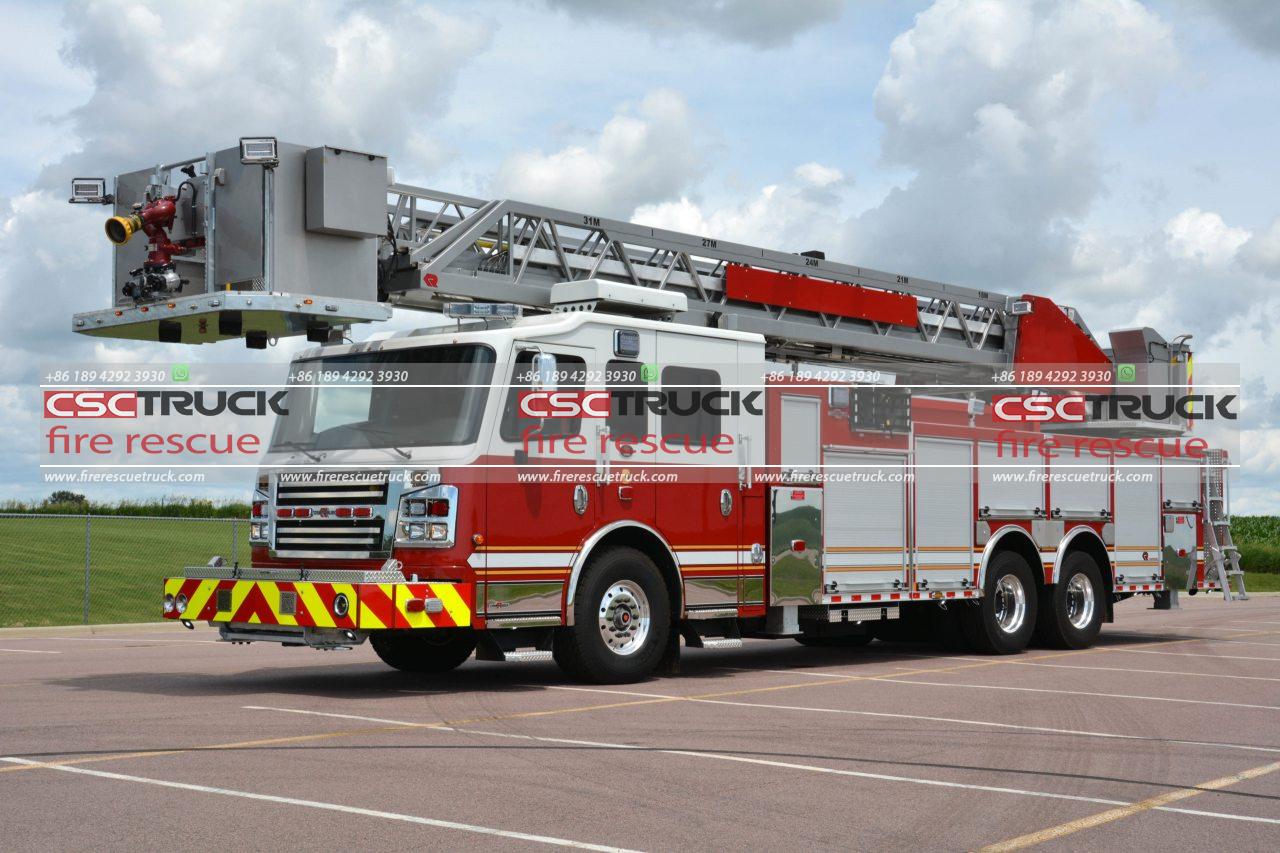When disaster strikes and the unmistakable wail of a fire engine pierces the air, most people focus on the urgency of the moment. But behind that powerful siren and flashing lights lies a mechanical giant — the fire tender. While it may seem like just another heavy vehicle on the road, a fire tender is an intricately engineered machine designed to carry not just firefighters, but thousands of liters of water, equipment, and even ladders. One of the most frequently asked questions about these essential vehicles is: How heavy is a fire tender?
What is a Fire Tender?
A fire tender, often referred to as a fire engine or fire truck (though there are differences between these terms in some countries), is a specialized vehicle equipped to support firefighting operations. It can carry water, hoses, pumps, ladders, cutting tools, breathing apparatus, and other emergency equipment. Some tenders also serve specific functions like rescue, foam spraying, or even airport firefighting.
Understanding how heavy a fire tender is requires looking at its components, its purpose, and the type of tender in question.
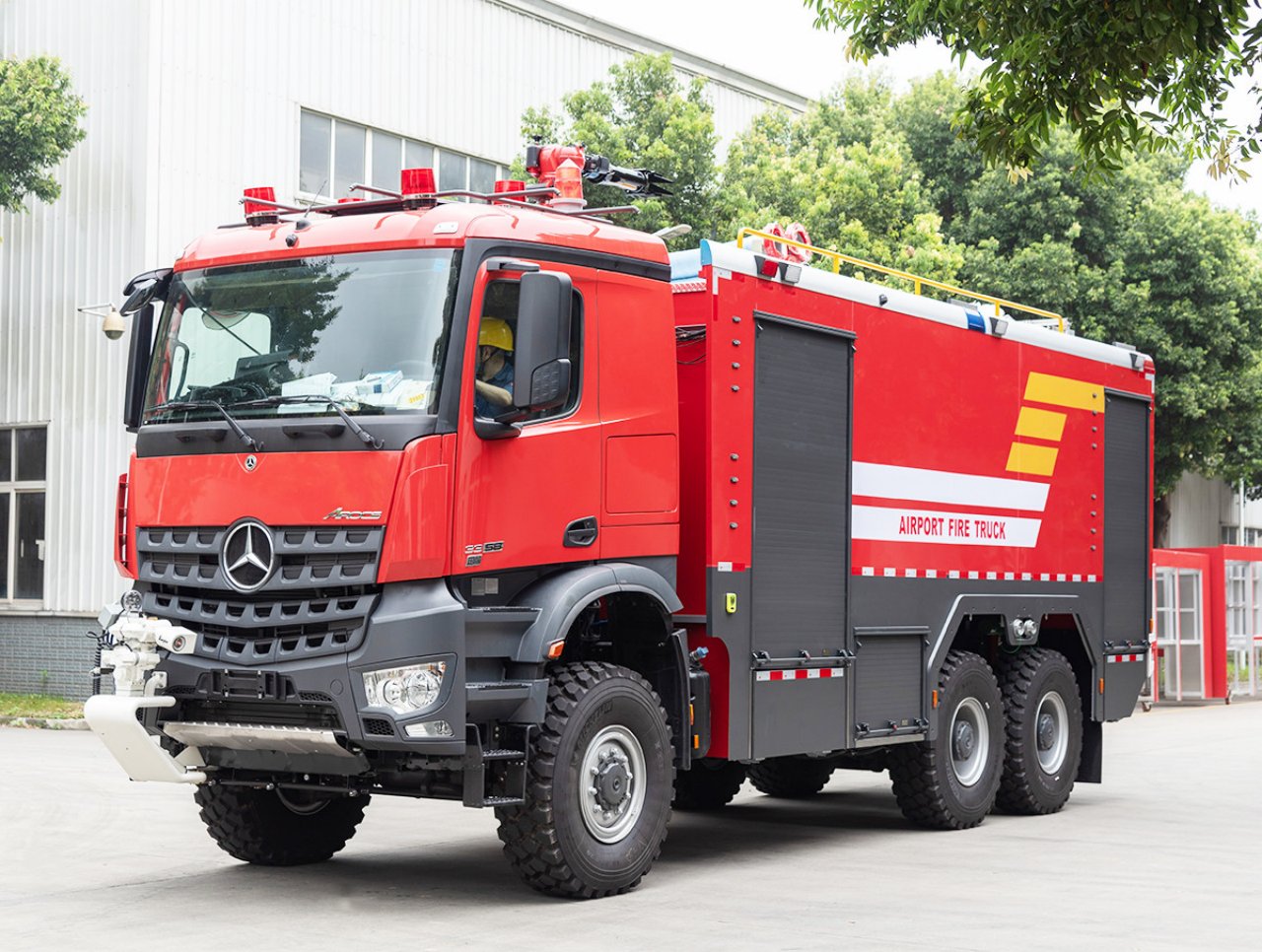
Factors Influencing the Weight of a Fire Tender
The weight of a fire tender is influenced by several core components:
1. Chassis and Cab
Most fire tenders are built on commercial heavy-duty truck chassis, which themselves are already several tons in weight. Depending on the configuration — 4×2, 6×4, or even 8×4 — the chassis alone can weigh from 3,000 to 8,000 kilograms.
2. Water Tank
Water is heavy. A standard municipal fire tender typically carries 1,000 to 3,000 liters of water. Since 1 liter of water weighs approximately 1 kilogram, that’s 1,000 to 3,000 kilograms just in water. Some rural or tanker fire trucks may carry up to 10,000 liters of water, adding up to 10,000 kg (or 10 metric tons).
3. Pumps and Hoses
High-capacity water pumps and multiple heavy-duty hoses are required for effective firefighting. Depending on the system, the pump and plumbing setup can weigh 500 to 1,500 kilograms.
4. Equipment
From ladders and axes to hydraulic rescue tools (like the “jaws of life“), oxygen tanks, thermal imaging cameras, and personal protective gear, equipment loadouts can add another 500 to 2,000 kilograms or more to the fire tender.
5. Crew
A full firefighting crew, typically ranging from 4 to 6 firefighters, can add 400 to 600 kilograms, depending on personnel and gear.
6. Construction Materials
Fire tenders are made with reinforced bodies for durability, corrosion resistance, and to withstand heat. Aluminum, stainless steel, or even composite materials contribute to the structural weight, often adding 1,000 to 3,000 kilograms.
Typical Weight Ranges
Taking all these factors into account, we can broadly categorize fire tenders by type and their approximate weight ranges:
| Type of Fire Tender | Water Capacity (L) | Estimated Gross Weight (kg) |
|---|---|---|
| Light Response Vehicle | 0 – 1,000 | 4,000 – 7,000 |
| Urban Pumping Appliance | 1,800 – 3,000 | 10,000 – 18,000 |
| Water Tanker/Tender | 5,000 – 10,000+ | 15,000 – 30,000+ |
| Industrial/Airport Crash Tender | 10,000 – 15,000 | 25,000 – 40,000+ |
| Aerial Ladder Platform (with boom) | 1,000 – 2,000 | 20,000 – 30,000+ |
The gross vehicle weight (GVW) of a standard municipal fire tender in many countries (like the UK or the US) typically falls between 12 and 18 metric tons. Larger, airport-based or industrial tenders — sometimes equipped with foam tanks, massive pumps, and dual engines — can exceed 40 tons.
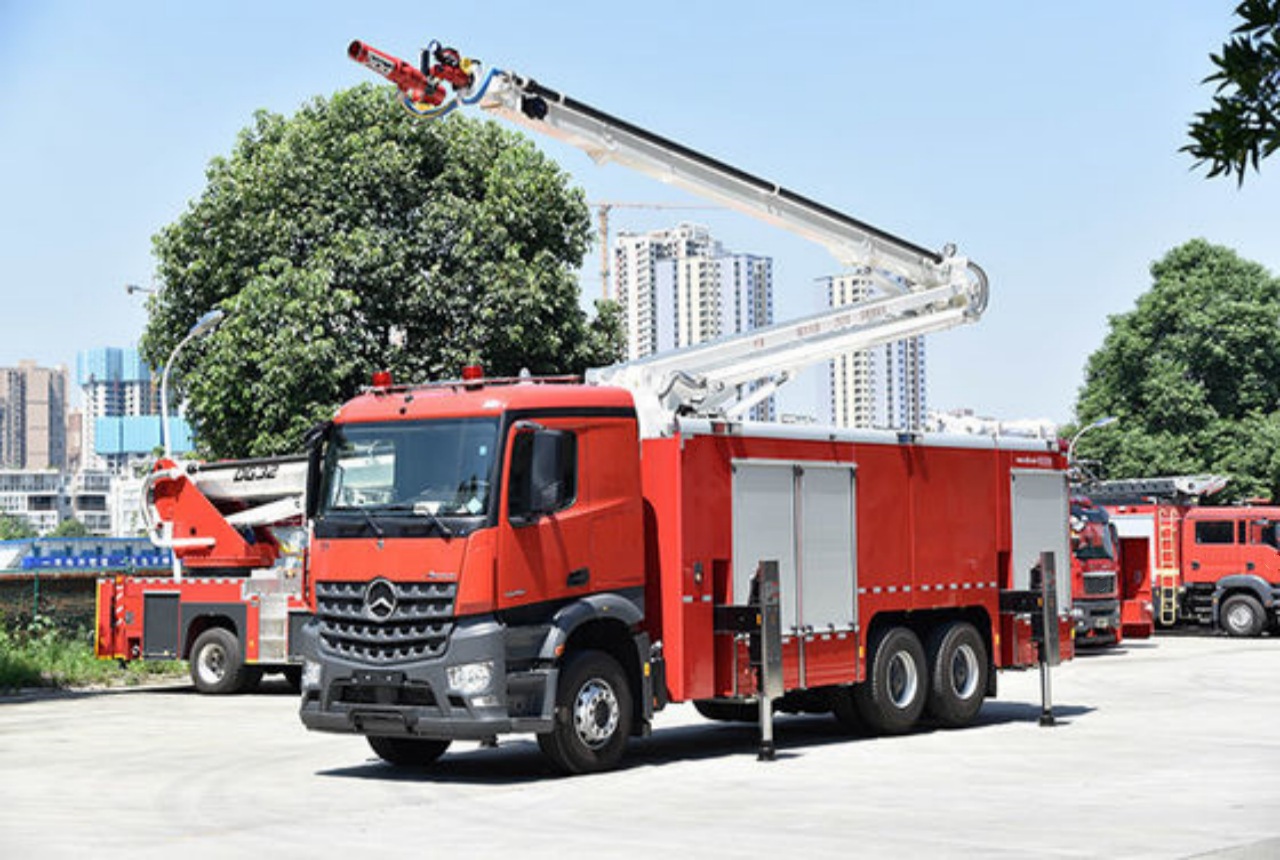
Examples of Real-World Fire Tenders
Here are a few actual models and their weights to give perspective:
- Pierce Enforcer Pumper (USA) – Carries around 750 gallons (~2,800 L) of water; GVW ~17,500 kg.
- Scania 6×2 Water Tender (UK) – Carries 1,800 liters; GVW ~16,000 kg.
- Rosenbauer Panther (Airport Fire Tender) – Carries up to 14,000 liters of water and foam; GVW ~39,000 kg.
- Mercedes-Benz Atego 1325 (Common in Europe) – Carries 1,600 to 2,000 liters; GVW ~13,000 – 14,000 kg.
Why Does the Weight Matter?
The weight of a fire tender isn’t just an academic statistic. It impacts several critical areas:
1. Road Regulations
Heavy vehicles require specific licenses and are restricted from certain roads or bridges based on weight limits.
2. Braking and Maneuverability
A 20-ton vehicle does not stop on a dime. Engineers must factor in enhanced braking systems, air brakes, and anti-lock mechanisms to ensure safety during emergency response.
3. Fuel Consumption
More weight means higher fuel consumption. This has long-term operational cost implications for fire departments.
4. Infrastructure
Fire stations must be equipped with bays and floors that can withstand the heavy load. Additionally, bridges, culverts, and roadways may need to be assessed before a fire tender can be deployed in certain rural or underdeveloped areas.
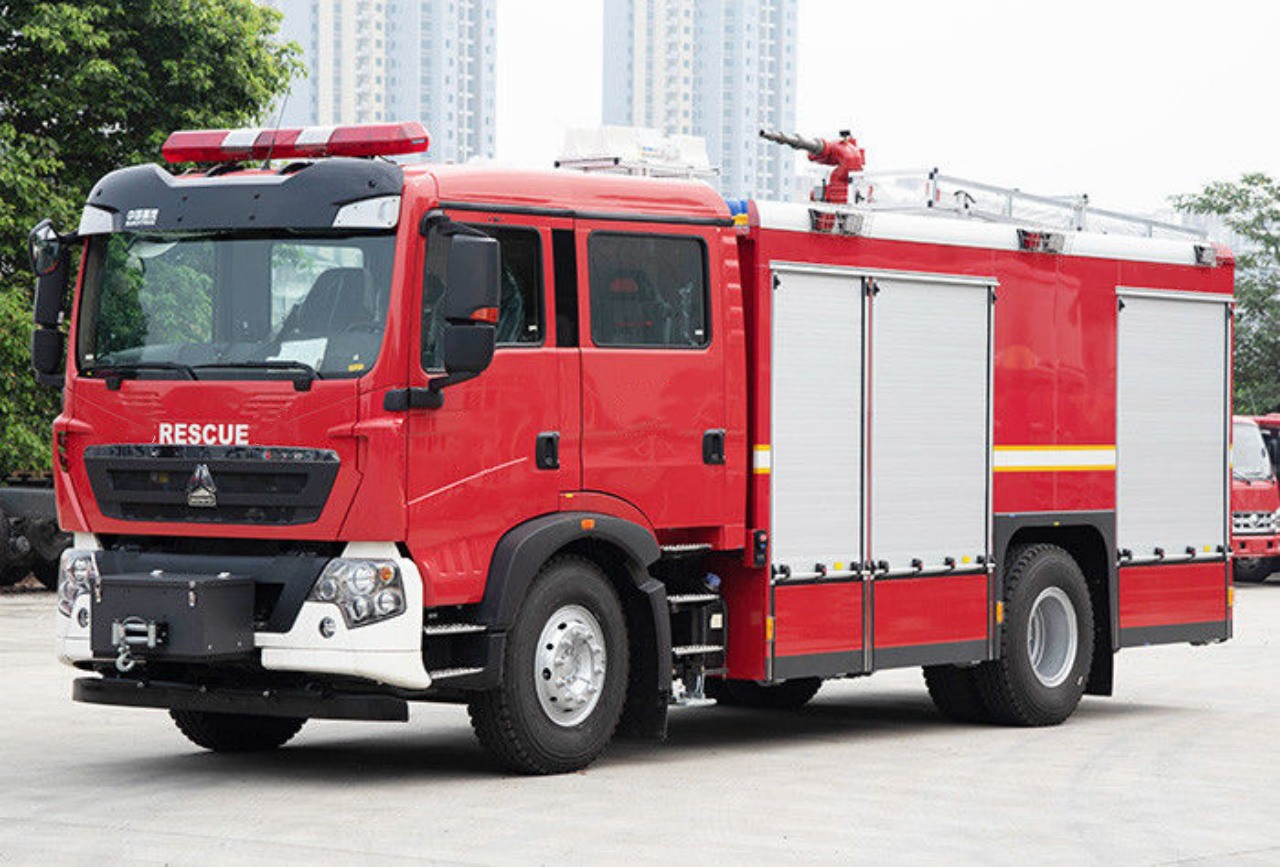
Trends in Fire Tender Design
Modern fire tender design seeks a balance between utility and efficiency. One trend is weight reduction through advanced materials, such as using composites instead of steel to save weight without compromising strength. Modular designs also help departments customize the configuration to avoid carrying unnecessary equipment, thus reducing total weight.
Another important trend is electric fire trucks. With batteries weighing thousands of kilograms, designers are carefully balancing vehicle weight with range and performance. For example, the Rosenbauer RTX, an electric fire engine, weighs over 19,000 kg, with a 100 kWh battery capacity.
Conclusion
So, how heavy is a fire tender? The answer lies in its purpose and configuration. A light-duty urban unit might weigh 12 to 14 tons, while a heavy airport crash tender could easily tip the scales at over 40 tons. Understanding this weight isn’t just a trivia point—it’s vital for logistics, safety, and infrastructure planning.
Next time a fire tender speeds past, just imagine the sheer mass in motion — thousands of kilograms of water, metal, and machinery hurtling toward an emergency, all controlled by a trained crew on a mission to save lives. Heavy? Yes. But also highly engineered and indispensable.
